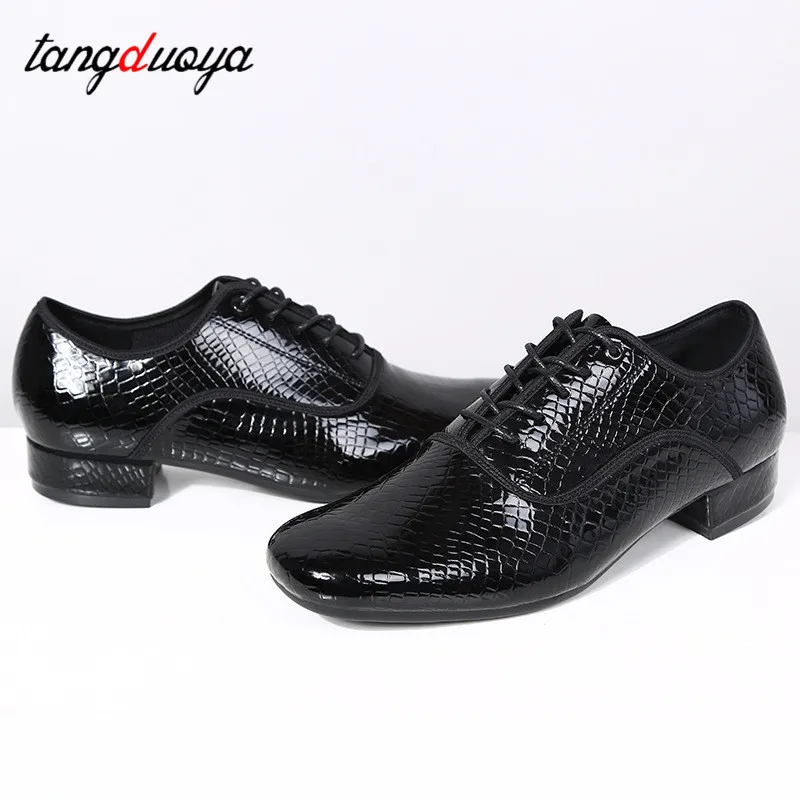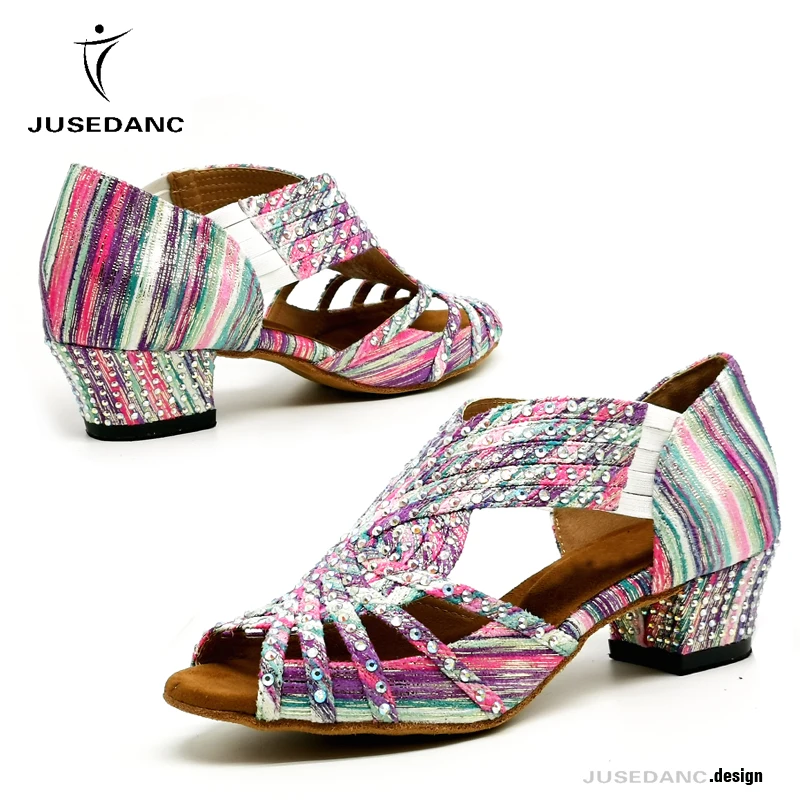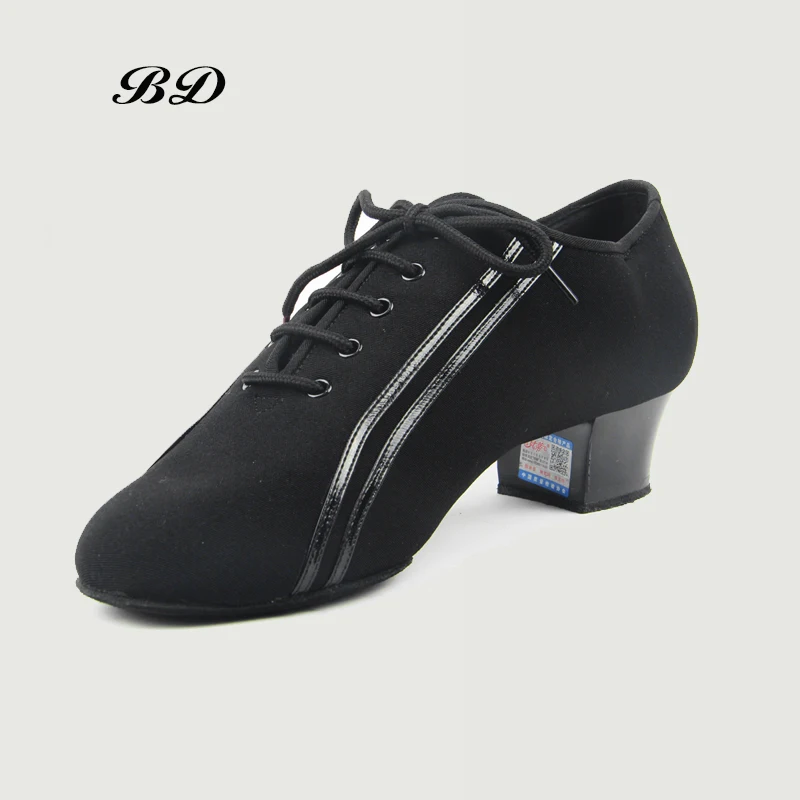What is the scientific definition of an athletic body type? Is there a way to categorize people into different types based on their body structure and athletic ability?
Scientific Definition of an Athletic Body Type
The scientific definition of an athletic body type refers to the physical characteristics that are considered advantageous for athletic performance. These characteristics include:
- Mesomorphy: Individuals with a mesomorphic body type typically have a muscular, well-proportioned build with wide shoulders and a narrow waist.
- Ectomorphy: Ectomorphs are characterized by a lean, long, and slender build with narrow shoulders and a flat chest.
- Endomorphy: Endomorphs have a stocky, rounded body type with a high percentage of body fat.
Categorization of Body Types
Somatotyping is a system used to categorize people into different body types based on their physical structure and athletic ability. The three main somatotypes are:
- Ectomorphic: Individuals with an ectomorphic somatotype are typically better suited for endurance activities such as distance running and cycling.
- Mesomorphic: Mesomorphs excel in power and strength-based activities such as weightlifting, sprinting, and football.
- Endomorphic: Endomorphs may face challenges in athletic endeavors due to their higher body fat percentage and slower metabolism.
Key Points
- The scientific definition of an athletic body type focuses on physical characteristics advantageous for athletic performance.
- Somatotyping is a system used to categorize people into three main body types: ectomorphic, mesomorphic, and endomorphic.
- Each body type has its own strengths and weaknesses in terms of athletic ability.
- Body type can influence athletic performance, but it is not a guarantee of success.
- Training and lifestyle factors play a significant role in determining athletic potential.
Related Questions and Answers
- Is body type the only factor that determines athletic ability? No, training, nutrition, and other environmental factors also play a role.
- Can people change their body type? To some extent, yes. Exercise and nutrition can influence body composition and muscularity.
- Are certain body types better suited for specific sports? Yes, somatotyping can provide insights into potential strengths and weaknesses in different athletic endeavors.
- Can athletes have a combination of body types? Yes, most athletes exhibit a combination of somatotypes.
- How should athletes approach training based on their body type? Training regimens should be tailored to individual body types and athletic goals.
Pre:Has anyone ever come close to crashing into another plane while flying
Next:What guns do Olympic trap shooters use



















